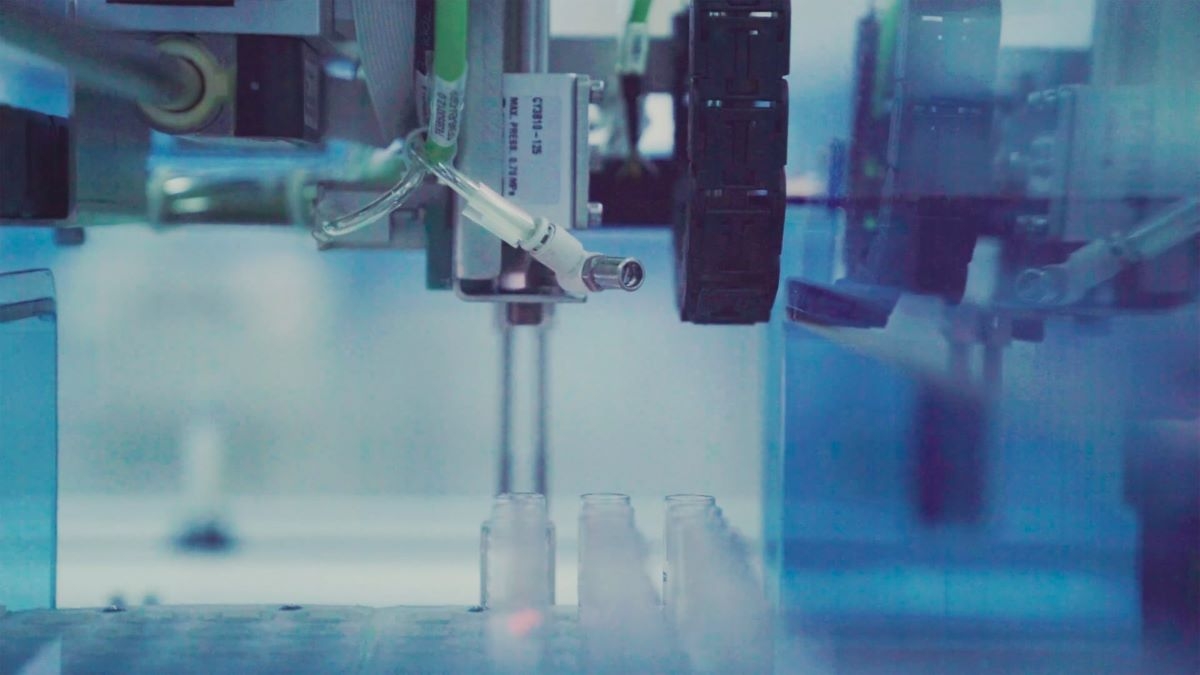
Automation is happening right now: how to avoid getting left behind
Automation is a hot topic right now — and not just because the technology is amazing. It also has the potential to make business processes considerably more efficient, raising standards of living for everyone.
However, as always in business, companies are at risk of getting left behind. AI, robots and conveyor systems have the potential to perform vast amounts of work. But firms will only individually be successful if they implement them correctly.
Automation is happening right now – there’s no doubt of that. Technologies are moving on leaps and bounds, and it’s having a massive effect in the job market. But there’s a large number of firms who aren’t keeping up with these changes. And that’s a problem.
In this post, we take a look at some of the ways your firm can avoid getting left behind.
Create An Automation Strategy
The first step is to create an automation strategy — a protocol you’ll follow to get you from where you are now to where you’d like to be in the future.
Automation isn’t something that you’ll do in one giant step. The fourth industrial revolution isn’t going to occur overnight. However, you do want your firm to be substantially ahead of where it is now in ten years’ time. Otherwise, you’ll fall behind the other players in your industry and you may find it hard to keep up.
Keep Humans In The Loop
While partial automation improves productivity, full automation is generally a bad idea — as companies like Tesla who have tried it have found out.
Keeping humans in the loop actually adds to the productivity of automated systems. You won’t need as many people to carry out operations. But those you keep will add tremendous value to what you’re doing.
Find Out Which Cognitive Tasks You Can Replace
Advances in technology aren’t only affected blue collar workers, as they did in the past. Instead, they’re also eating up tasks that only white collar employees were once able to do.
As a company, therefore, you need to prepare yourself for what’s coming down the pike. In the future, getting employees to perform tasks that software can do just won’t be economical.
Again, the field is developing in a complementary way. Machines are finding niches in cognitive tasks in which they excel, and humans are doing the same. Combined, both working together are finding that they can improve productivity even more than either individually.
Learning which systems you should be using is a technical task. So, if you haven’t already, you may wish to call in the consultants to get their opinion.
Update Your Training
The workforce skills you need now aren’t the same as those you’ll require in ten years. So it is critical to focus on updating your employee’s skills today so they’re ready when the new world arrives.
Ideally, you want to develop their skills in areas that machines can’t replicate. So far, that includes things like creativity, designing systems and leadership. Don’t drill them in rote tasks — computers will be able to do them in the future, if not already.
Photo: Testalize.me, Unsplash









